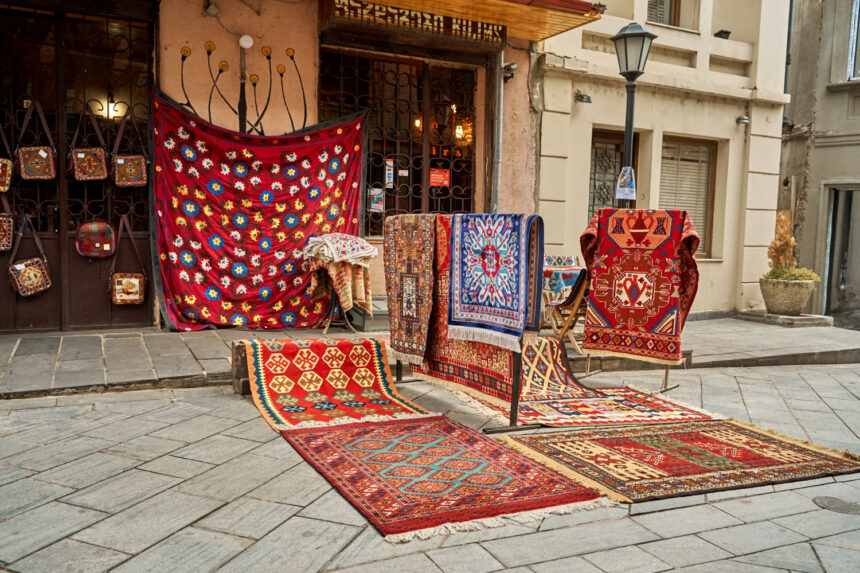Outdoor rugs are a stylish and practical addition to any outdoor space. They create a cozy atmosphere while protecting surfaces and adding color or texture to patios, decks, and gardens. With many options available, it’s important to consider the various types of materials, patterns, and sizes to find the perfect match for an individual’s needs.
Choosing the right outdoor rug enhances the enjoyment of outdoor living areas. Beyond aesthetics, outdoor rugs offer benefits like comfort underfoot and ease of maintenance. They can resist the elements, making them suitable for long-term use in various weather conditions.
Selecting and caring for an outdoor rug involves understanding its material and design. Knowing how to clean and maintain outdoor rugs can extend their life and keep them looking great. With the right choices, outdoor rugs can be both stylish and functional, elevating any outdoor setting.
Key Takeaways
- Outdoor rugs enhance the look and feel of outdoor spaces.
- Various materials and designs are available to suit different needs.
- Proper care ensures long-lasting beauty and functionality.
Types of Outdoor Rugs
Outdoor rugs come in various types, catering to different preferences and needs. Key factors to consider include the material, design, and size. Each of these categories impacts how the rug will perform against weather elements and enhance outdoor spaces.
Material-Based Categories
Outdoor rugs are made from different materials, each with its own advantages. Common materials include:
- Polypropylene: This synthetic material is popular due to its durability and resistance to fading. It’s easy to clean and dries quickly.
- Nylon: Known for its strength, nylon is perfect for high-traffic areas. It resists stains but may fade under direct sunlight.
- Jute and Sisal: These natural fibers give a rustic look but may not withstand heavy rain. They’re better suited for covered areas.
- Acrylic: This material mimics wool but is more resistant to mildew and fading. It offers a soft texture, ideal for lounging.
Each material influences both the aesthetic and functional aspects of the rug.
Design and Pattern Variations
The design of outdoor rug ranges from simple to intricate patterns. Here are some common types:
- Solid Colors: A simple choice that provides a clean look. Solid color rugs can fit into almost any decor style.
- Geometric Patterns: These add a modern touch and can make a bold statement. They often feature lines, shapes, or grids.
- Floral and Nature-Inspired Designs: These promote a casual and vibrant feel. They are perfect for gardens or near floral arrangements.
- Striped Rugs: Stripes can add depth and interest. They can make a space appear larger or define areas in an outdoor setting.
The chosen design can enhance or complement the outdoor space.
Shape and Size Options
Outdoor rugs come in various shapes and sizes to fit different areas. Common shapes include:
- Rectangular: This is the most popular shape and works well for patios and dining areas.
- Round: Ideal for smaller spaces or to soften the look of angular furniture arrangements.
- Runner: Long and narrow, runners are great for pathways or between outdoor furniture.
Sizes range from small accent rugs to large area rugs. Choosing the right size ensures the rug fits well in the intended space without overwhelming it.




